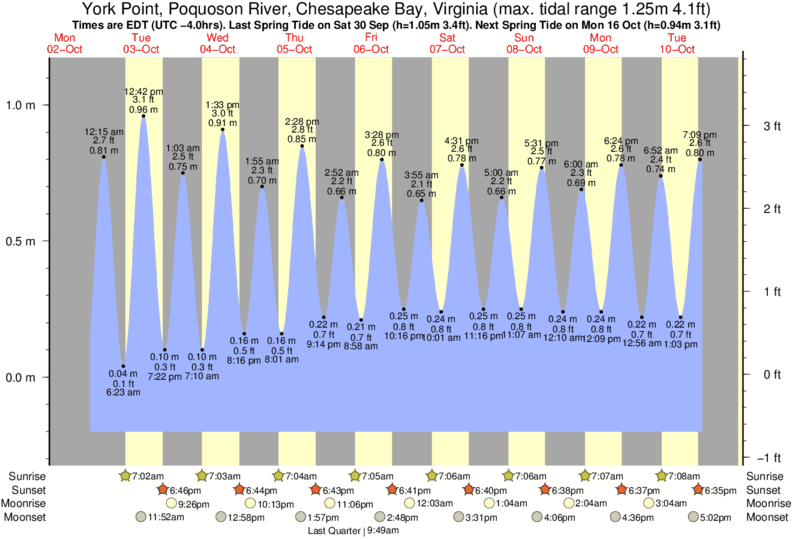


However those publications were removed in 1990 due to inaccurate information presented in these publications. NOAA used to provide printed Tidal Current Charts for 9 areas of the U.S. These maps normally show the currents (speed and directions) on an hourly basis.
#Chesapeake bay tidal chart series#
“Current Charts” refer to a series of maps that show the currents speed and direction throughout a bay or estuary at a particular point in time. NOAA has never produced a printed tide chart publication. "Tide Charts" refer to a series of maps that show the water levels throughout a bay or estuary at a particular point in time. "Tide Charts" and "Tide Tables" are two different products, as are “Current Charts” and “Current Tables”. VDatum uses modeling techniques to calculate a relationship between tidal and geodetic datums at a desired location, based on the near-by locations with a measured relationship between tidal and geodetic datums.
#Chesapeake bay tidal chart software#
VDATUM is a free software tool and online service developed jointly by NOAA's National Geodetic Survey (NGS), Office of Coast Survey (OCS), and Center for Operational Oceanographic Products and Services (CO-OPS). In which case, there is one additional option available - the Vertical Datum Transformation (VDATUM) tool. Many stations, particularly older or temporary stations, lack the survey benchmarks necessary to establish the relationship between tidal and geodetic datums. Unfortunately, not all stations are able to meet these standards. When survey leveled from these markers to the tide station, the relationship calculations for these marks must match within 9 millimeters. If the individual benchmark has a NGS record, this is recorded by the IDP or OPUS PID numbers of that mark. The survey benchmarks associated with each station are provided in the Benchmark Sheets for a station. Our standard requires a minimum of 2 survey benchmarks, installed within a short distance of the station, which have a NAVD88 elevation recorded by the National Geodetic Survey (NGS). If that field is blank, then no relationship has been established. This relationship is noted on the Tidal Datums for that station, by providing an elevation of NAVD88. Where possible we provide a relationship between tidal datums and the geodetic datum of NAVD1988. NOAA, and it predecessor organizations, have been measuring tide data long before the development of a standard geodetic datum, such as NAVD1988.


 0 kommentar(er)
0 kommentar(er)
